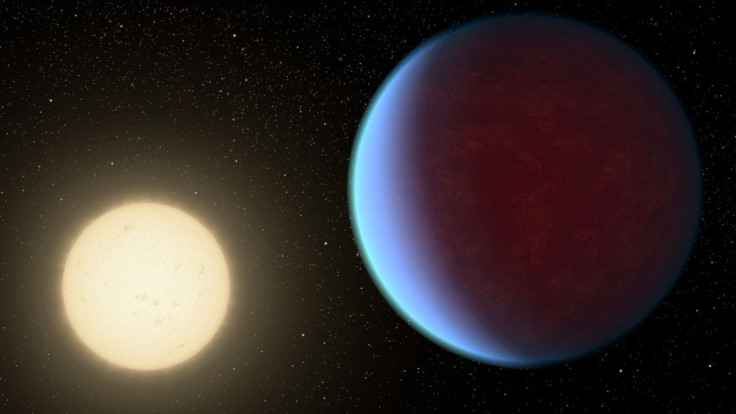Climate On Water World Exoplanets Could Be Suitable For Life, Study Suggests

Over last two decades, scientists have discovered thousands of exoplanets, with many lying in the so-called ‘goldilocks zone’ or the region where starlight reaching their surface is good enough to keep water in a liquid state. Some of these worlds are rocky and appear similar to Earth in terms of mass, size, while others fall into the category of Super-Earths or gas giants.
However, when it comes to the search for life, scientists have primarily been looking for more Earth-sized exoplanets — worlds that could have both shallow water oceans as well as some land.
It has long been believed that such planets could have ideal conditions for microbial life. But, according to a group of researchers, even worlds that are very different from Earth and covered entirely by water — oceans going hundreds of miles deep – could sit in the sweet spot of habitability.
"This really pushes back against the idea you need an Earth clone--that is, a planet with some land and a shallow ocean," Edwin Kite, assistant professor of geophysical sciences at the University of Chicago and lead author of the study, said in a statement.
Life could take millions to billions of years to evolve, but that could only happen if the planet in question hosts the necessary conditions for that long. Water, as one could guess, is one of them, but there is also the case of climate. A planet has to be warm enough for the proliferation of microbes.
As the amount of light received by planets could vary due to the aging of stars over such a long period, scientists hunt for planets like Earth. On our home, minerals in the surface rocks allowed primordial life to thrive by trapping and then releasing greenhouse gases.
Greenhouse gases are known to trap solar radiation and their cycling, by the means of volcanoes and other geological processes, helped the planet remained warm for long enough. This, scientists thought, couldn’t happen on water worlds, where oceans would cover the sources required for releasing the gases.
However, Kite and team, which included researchers from the University of Chicago and Pennsylvania State University, ran a series of computer simulations to explain the case. Their models included thousands of randomly generated planets and showcased how the worlds’ climate evolved around a star similar to the sun or a red dwarf — stars that gain brightness more slowly than the sun.
"The surprise was that many of them stay stable for more than a billion years, just by luck of the draw," Kite added. "Our best guess is that it's on the order of 10 percent of them."
As per their analysis, the lucky worlds were Goldilocks planets that had sufficient amount of carbon in their atmosphere, but not many minerals and elements in the crust to pull it out from the atmosphere. This ultimately leads to the cycling of carbon between the ocean and the atmosphere, creating rare but stable climatic conditions. The models applied to both sun-like stars as well as red dwarfs.
"How much time a planet has is basically dependent on carbon dioxide and how it's partitioned between the ocean, atmosphere and rocks in its early years," Kite concluded. "It does seem there is a way to keep a planet habitable long-term without the geochemical cycling we see on Earth."
The study was published Aug. 30 in The Astrophysical Journal.
© Copyright IBTimes 2025. All rights reserved.





















